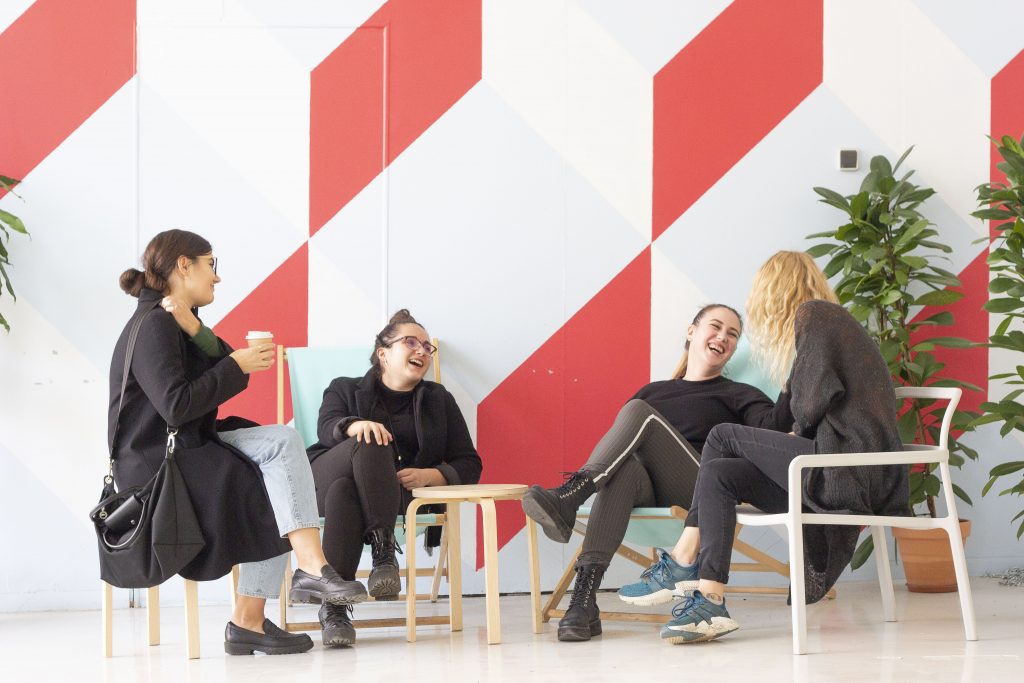1º Aniversario de Qonto en España: Entrevista a Carles Marcos i Guàrdia
Llega el primer aniversario de Qonto en España, y en Itnig invitamos a Carles Marcos i Guàrdia para contarnos sobre la trayectoria y los planes a futuro del neobanco.
Read MoreLlega el primer aniversario de Qonto en España, y en Itnig invitamos a Carles Marcos i Guàrdia para contarnos sobre la trayectoria y los planes a futuro del neobanco.
Read MoreOften overlooked by companies, employee engagement is one of the most essential tools you can have as an employer. In a corporate world focused on performance statistics, it’s easy to forget that keeping your employees feeling passionate about their jobs can be an effective way to improve your business.

It’s been a crazy month. While renowned companies like WeWork, Deliveroo, and Uber are facing major layoffs due to the pandemic crisis, N26 reaches $3.5B valuation. It’s an important time to be aware of what’s going on, here’s our selection of news of the month.
Read MoreBernat Farrero’s webinar transcription on how to enable remote work in your team.
Read More